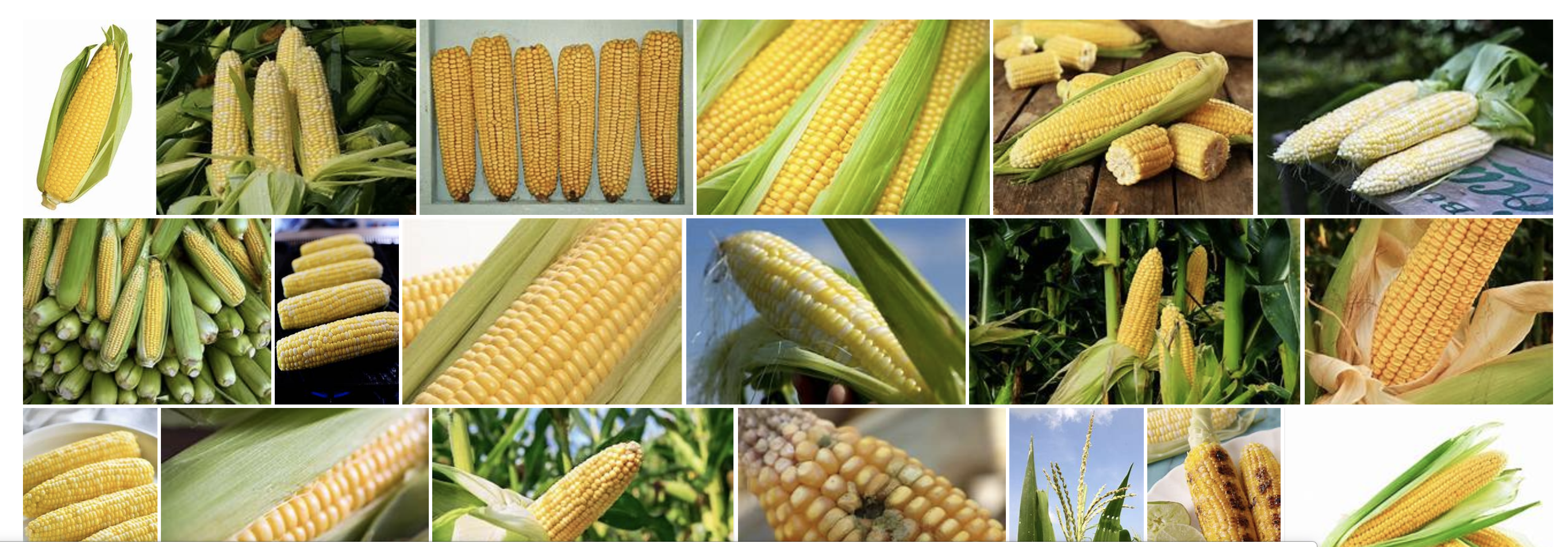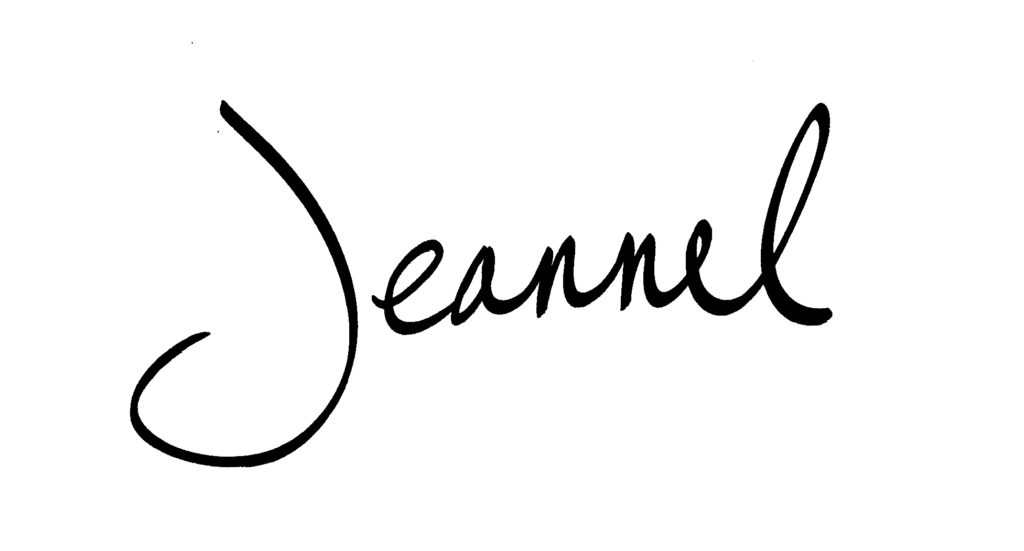Q: Jeannel, I am considering a career change and would like to learn how to draw for such RSA animated whiteboard stories. . . I’d love any tips you can share, and how I can practice or learn how to draw better in order to do what you do. I have a hearing problem so I’m not sure I could draw quickly if I can’t hear what is being said, but I’d like to try. I’m more interested in the storyboarding and recording sort of animation like you’ve documented here.
– Bob
A: Hi Bob, and thanks for the questions! Let’s take the easiest one first, which basically translates to:
Do I need to draw my whiteboard animation images while the speaker is talking?
The short answer is: No. (Phew, right!?)
Folks who are drawing images for whiteboard animation videos are typically NOT drawing them in real time as the speaker shares their content. (Folks who draw large-scale images of the speaker’s content are usually doing something called graphic recording… and that’s a whole other animal from whiteboard animation.)
Instead, whiteboard animation is a highly designed process where the script is storyboarded to a high level of detail and illustrated separate from the actual sound presentation. An important factor to remember here is: because whiteboard animation images are not being created in real-time during the speaker’s presentation, you can TAKE YOUR TIME drawing those images out on camera! :^)
Okay, what’s the next question:
How can I practice or learn to draw better in order to do what you do?
You actually hit on the answer in your own question, Bob. Drawing is a skill that improves with practice. So to improve your drawing skills, draw more.
(I know, it sounds too simple, right?)
But it’s the truth. Yes, you could take classes on figure drawing… or cartoon drawing… or comic book drawing… or [fill in the blank] drawing. Yes, you could take workshops and spend lots of money to build that skill set. Or you could build it yourself by picking up the pen and drawing things for yourself. Here’s how I bolster my confidence when I’m going to draw something I’m not used to:
- I find a model. Usually, that means I look online for a key word and then peruse the images that come up from that key word search. When I find one that I like and can see how to draw it, I pick it. (For this example, let’s say I want to draw some corn:)

- I draw the model. Once I’ve got that image selected, I’ll practice drawing it while I look at it… just to understand the strokes involved and how they want to come together… not to get it exactly right as a mirror image of the one I’m looking at.
- I make the image my own. Once I’ve got a basic understanding of how that image is built, I draw it a few times to allow my personal style to really shape how it comes together. Because – in my humble opinion – your drawing style is the thing… and odds are good that your drawing style is Good Enough. (Here’s my take on a friendly corn:)

And that brings me to an important point regarding whiteboard animation drawings: they are actually fairly simple. Skillful, yes. Intricately-combined and laid out, yes. But not intricately-drawn. If anything, they most closely reflect simple cartoon or clip-art images. So please don’t get hung up in thinking that your drawings need to be all Pablo like Picasso… they need to be Good Enough to engage and get the point across. Practice drawing your simple images and they will work just fine.
(And lastly on this point… don’t try to “do what I do.” Do what YOU do. If I do something you like, awesome. Learn from it, make it your own. Bring YOUR OWN style to the table. Bring your own flavor and flair. After all, there’s only one of you out there… so give yourself voice and let you shine!) ;^)
What does it really come down to?
I think more than drawing, the core skill set for whiteboard animation is to visually translate the key messages into compelling images that unfold in ways that make sense to a viewer. Because you may be able to draw a pretty picture… but what you need to do with these videos is draw out a story.
And to build THAT skill set… take a page from Nike and Just Do It.
- Get yourself a whiteboard, a black marker, a red marker, and a little video camera.
- Find yourself a paragraph or a short written piece that interests you. Heck, it could even be this blog post!
- Parse the written piece (script) into a storyboard, letting the resulting images tell the story of your script. (THIS is the core skill set right here!) Play with the level of detail you want (or need) when drawing out the storyboard images. Does one image explain an entire paragraph? Does one image explain one part of one sentence? See what works best for you. (My personal preference is to draw a new image for each stage of an image unfolding on the screen:)
- Draw out the storyboard images on a whiteboard in front of a camera, then speed up the tape’s playback. How does it look to you? Are you in the way of your drawings and the camera? How can you reposition yourself – or set up the camera – so that you’re no longer blocking the shot?
There is so much (SO MUCH) that goes into making real whiteboard animation videos… and folks are evolving the process all the time. If you want to do it, try it for yourself. Get a feel for just how much work it actually is, and see if you still want to do it after that.
And if you do, contact me because I’ve trained close to 100 practitioners on how to do whiteboard animation videos… and I’d be happy to do the same for you. (And clearly, it takes more than a blog post to do this process justice!) ;^)
I cannot wait to see what you draw forth,




Thanks, Jeannel, this was an awesome response. I think what my research is telling me is that it may be better to begin as a graphic recorder where speed isn’t required, and after building upon some success in this role, consider migrating to a graphic facilitator (assuming one has the facilitation skillsets to integrate along with the graphic recording on-the-fly). It also appears that experience breeds comfort levels with images that repeat over time, right?
Also, I’m noticing there are a variety of practitioners trying to position graphic recording/facilitation as very proprietary (they teach you THEIR way of drawing and you are not allowed to pass this onto others). I welcome your openness to allow others to simply “try it out” and build their experience without the need to take any classes.
A helpful video I watched discussed how a teacher utilized graphic recording in a history class and the mechanics of groups doing this for the first time. It came off ok but he just about killed himself in the process.
I will reach out to you for further discussion, if ok.
Bob
You’re welcome, Bob! Glad it was helpful! :^)
By the way, just to be clear…whiteboard animation is the one where you get to take your time drawing because it’s done in studio. Graphic recording (an aspect of graphic facilitation) is the one that happens fast, live, in front of the participants and in real-time. Regardless of the approach you choose – whiteboard animation or graphic recording – experience DOES breed comfort with images you repeat over time. :^)
Oh, and regarding the proprietary aspect of drawing specific icons: Yeah…I’m not really in that camp. (Shouldn’t be that big of a surprise, coming from someone who wrote “What You Draw Is Good Enough” and puts out Good Enough drawing tutorials most every week, though! Although, to be honest, I have trademarked the term “stick figure strategist” because of the program I’m building around it… ;^) Classes can be helpful to establish process and structure to the work that you do…but your style is part of the secret sauce you bring to your work. Don’t lose it. Improve it all you want, but don’t try to “be” like another practitioner…and please don’t let another practitioner make you into someone like them. So yes, try it out. Learn and take courses in the things that build your skills and support your success as a visual practitioner. And CELEBRATE the quirky, unique, funky drawing-ness that is you! (See! Now I’m moving into the territory for another blog post! ;^D)
Cheers, Bob, and thanks again for asking the questions!
Jeannel
Here is the video I mentioned above:
http://digitalis.nwp.org/resource/4469
I remember when this teacher first shared this project…it was on another blogging forum, and it was absolutely brilliant. WELL worth checking out. Glad to see a new link to it here! Thanks! :^)
Thanks for the clarification, that is a third term in this field that I didn’t know till you made that distinction – whiteboard animation (WA). So I think my path will be WA and then take some facilitation courses, so that I can evolve into a graphic recorder/facilitator (GR/GF)!